I’m not sure whether it was because of my recent re-watching of Julie & Julia or the collection of Barefoot Contessa cookbooks that I raked in for Christmas, but when I returned to my apartment after winter break, I had one purpose: I was going to bring my Ina Garten obsession to life and cook like the goddess herself.
Armed with a new basil plant and a bottle of good olive oil, I cracked open my cookbooks, pulled up Netflix, and dug out my best saucepan. After a week of sautéing, zesting, and eating way more raw puff pastry than I should have, I learned a few things that I’ll take with me long after I’ve given up on my dreams of marrying Jeffrey.
I paid better attention to the quality of the ingredients.
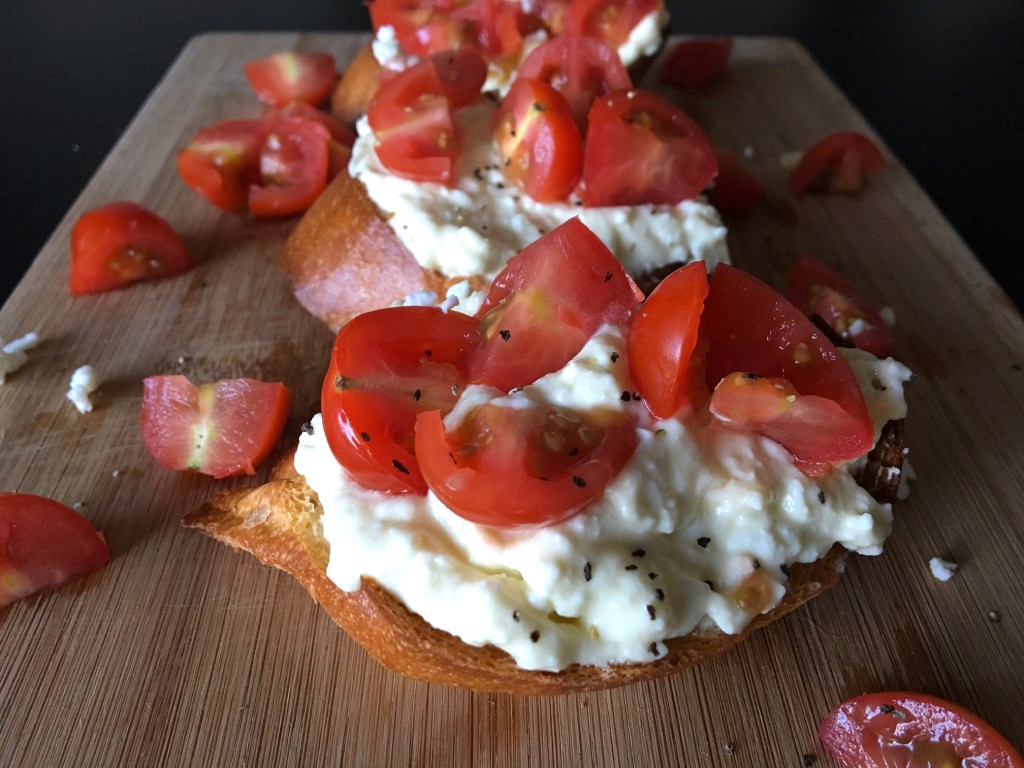
Photo by Carlynn Crosby
This involved a little bit of detective work on my part because Ina likes to describe everything, and I do mean everything, as good, which shouldn’t even count as an adjective. (Because honestly what does good olive oil mean? Good feta, good white wine? What am I missing? Am I the only one who doesn’t know this? Are you there God? It’s me, a lowly peasant chef.)
Aside from the list of good ingredients on her website, many of which you have to order online or find at specialty grocery stores, I found that goodness doesn’t have to be expensive. I started looking into where certain products were made, what they were made of (taking two minutes to figure out how to pronounce the contents was a big no-no) and reading into how people reviewed them online to get a sense of the quality of what I was buying.
I got acquainted with the local farmers’ market.

Photo by Carlynn Crosby
It’s common knowledge that Ina’s really into passive-aggressively bashing anything store-bought. If you can’t import your brie directly from France, store-bought is fine; if you can’t have your Italian friend make gnocchi from scratch for you, store-bought is fine.
Determined not to let my plebeian status get the best of me, I took a trip down to the local farmers’ market to check out what they had, and I was floored. Not only were the ingredients fresh and cheap, but I got to talk to vendors about their favorite recipes and ways to use their produce. I scored a ton of business cards, a killer recipe for chocolate rum balls, and a few new friends as well.
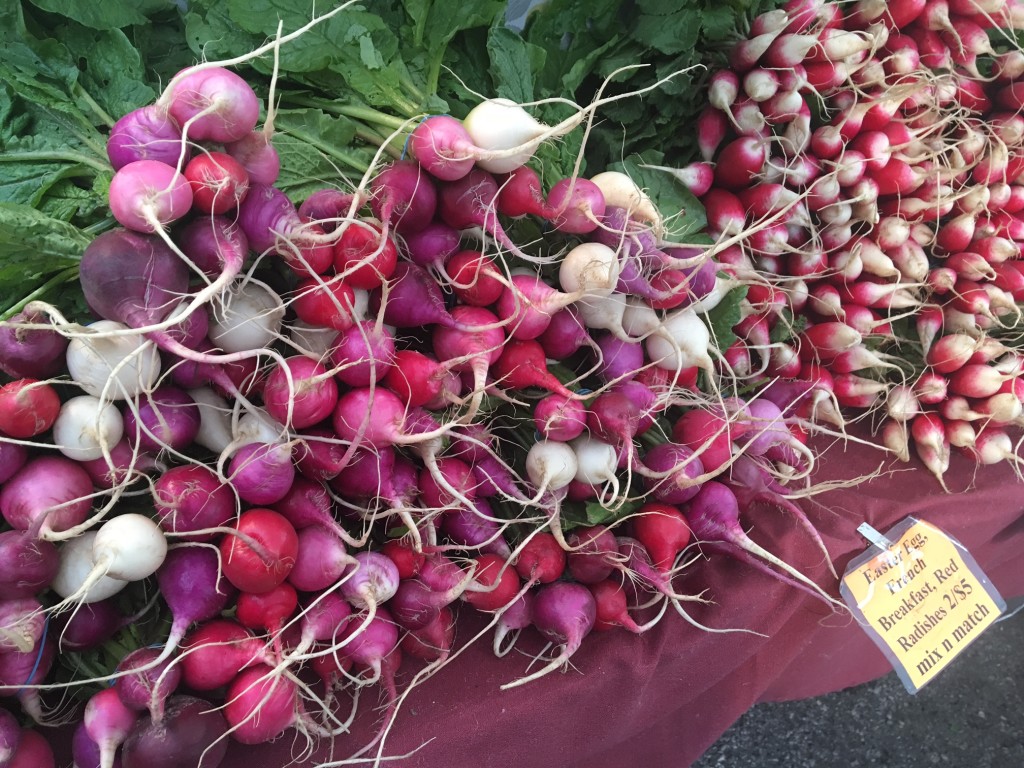
Photo by Carlynn Crosby
Watch out, Ina. I’m onto you.
I started offering a lot of unsolicited advice.

Photo by Carlynn Crosby
Now feeling like I was the expert on all things culinary, I began offering advice when it really wasn’t needed (or even asked for). When passing the florist at Publix, I made sure to let my roommate know that Ina says it’s best to stick with one species of flower, preferably a hydrangea, for your centerpiece. When asked what recipe I needed rosemary and thyme for, I simply replied that they were very Provençal and explained what that meant rather than answering the question.
I also learned to be selective about what advice I chose to heed. Ina doesn’t like owning a ton of kitchen gadgets, but I disagree. I’ve been begging for a milk frother for months, determined that it’ll make the difference in my homemade London fog lattes, and I’m not about to give that up. I also happen to find my four sets of measuring spoons very useful.
I started hating the word fabulous.
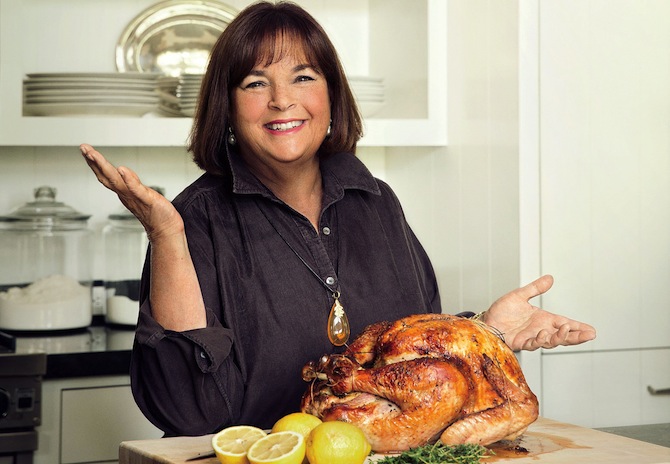
Photo courtesy of communitytable.com
After shotgunning the entire first season of “Back to Basics” on Netflix, I have one thing to say: Fabulous can kiss my fabulous ass.
I ate a lot of appetizers, snacks, and leftovers.
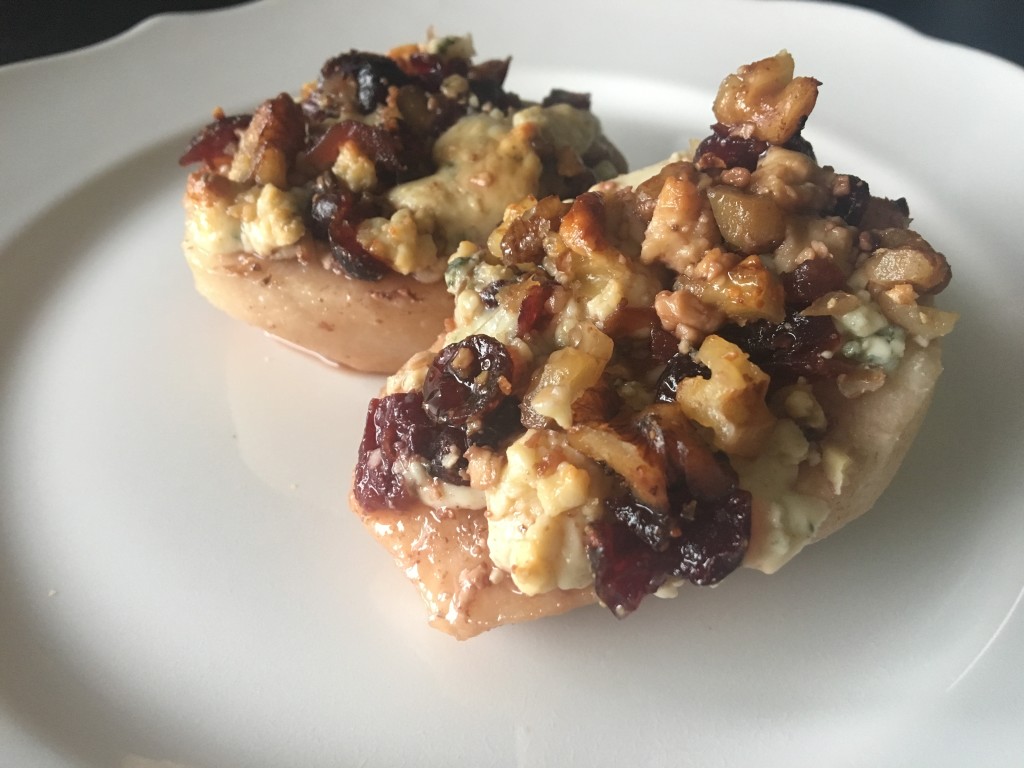
Photo by Carlynn Crosby
Ina’s form of back to basics is either a grilled cheese sandwich or lobster corn chowder. Being that I was born knowing how to make a grilled cheese and I didn’t have the money for lobster (does any college kid?), I wasn’t left with a whole lot of options in terms of dinner.
Fortunately, her experience as a caterer has left Ina with tons of ideas for appetizers and starters, and those sections of the cookbooks were where I spent most of my time. Tzatziki lasted me for days (okay two, I stress eat), and I took these roasted pears with me to campus for three days.
I ran out of money.
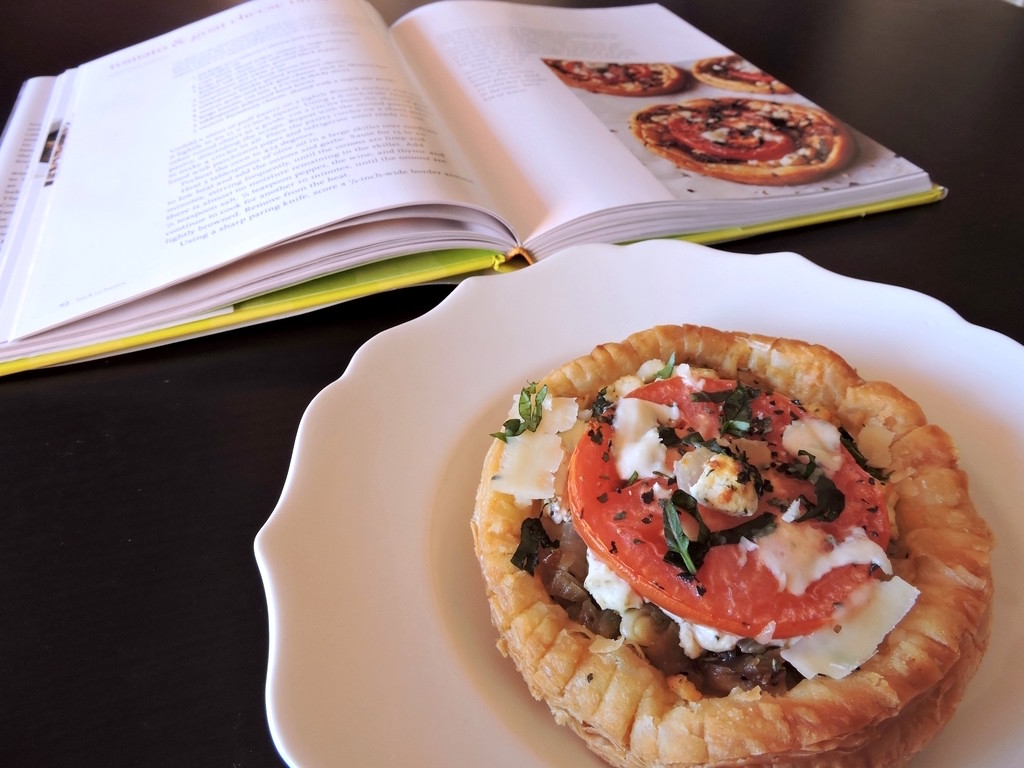
Photo by Carlynn Crosby
Because let’s face it, I work a part-time, minimum-wage job and the struggle is realer than real. I don’t have the funds to stock truffle butter and lamb shanks.
Sometimes I had to cut corners, like buying whatever white wine I could get for $3 at Trader Joe’s since I’d only be using a few tablespoons for the recipe and chugging the rest of it later. I also stole the Italian espresso that my roommate brought back from Sicily, because in this apartment, nothing is sacred and the term “community kitchen” is interpreted very liberally.
Sometimes I had to sacrifice my dignity and dig through the cheese display at the deli until I could find the cheapest block they had. I promise you, this tomato and goat cheese tart tasted just as great with shavings from a $6 generic parmesan instead of a $12 imported one.
I lost little and learned a lot.
I discovered that you don’t have to have a house in the Hamptons, an entourage of GBFs and an affinity for popped collars to be a star in the kitchen. You don’t have to know the owner of that fabulous new five-star restaurant or be able to shut down a bakery for a lesson in French pastries to be a culinary queen. I may not be able to pronounce that Italian pasta and my dinner party may only be a party of one, but if there’s anything I can do… I can julienne the f**k out of a basil leaf, and that’s good enough for me.
P.S. Ina, if you’re reading this and want to collab on a cookbook, hit me up.


